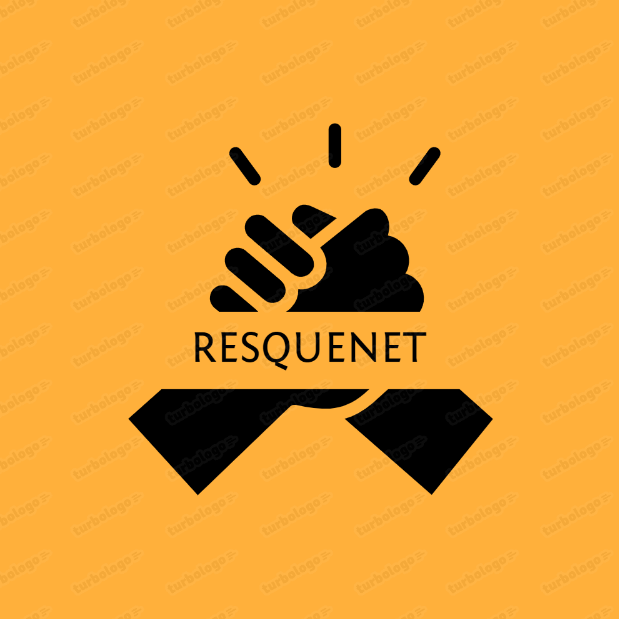
In response to the critical need for efficient disaster management solutions, my team and I developed a comprehensive system named ResqueNet. This project leverages modern technology to streamline the coordination and delivery of aid during emergencies. Our solution comprises two mobile apps, a web platform, and a robust server system, designed to facilitate seamless communication and efficient service delivery.
Project Overview
The goal of ResqueNet is to address the challenges in disaster relief efforts, which often suffer from delays and mismatched aid due to poor coordination and lack of real-time data. Our system ensures that requests for aid are processed quickly and accurately, and that the delivery of essential services is monitored and managed efficiently.
Key Components
- Request App
- Purpose: To allow individuals to request services such as medical aid, transportation, and other necessities during emergencies and normal situations.
- Features:
- Users can specify the nature of their request (emergency or normal).
- The app captures detailed information, including the user's location, and sends it to the central system.
- Requests are tagged as "pending" by default until processed.
- NGO Management Website
- Purpose: A central hub for NGOs to manage and respond to service requests.
- Features:
- Stores detailed request information, including user location and the urgency of the situation.
- Allows NGOs to track the status of each request, updating it from "pending" to "delivered" as necessary.
- Delivery App
- Purpose: Used by delivery personnel to manage and track the delivery of requested services.
- Features:
- Includes a real-time map for tracking the locations of both the requesters and the delivery personnel.
- Delivery personnel update the status of requests to "delivered" upon completion, which is reflected on the NGO Management Website.
- Server System
- Purpose: Provides a backup communication method for individuals who may lose access to their phones.
- Features:
- Accessible via a three-digit number, connecting users to an automated call center.
- The system offers an interactive voice response menu to submit requests for different types of services.
Workflow
- Request Submission:
- Users submit their service requests through the Request App.
- The request is logged on the NGO Management Website with a status of "pending."
- Request Management:
- NGOs monitor incoming requests, prioritize them based on urgency, and assign delivery personnel accordingly.
- Service Delivery:
- Delivery personnel use the Delivery App to navigate to the requester's location and provide the requested service.
- The status of the request is updated to "delivered" once the service is provided.
- Backup Communication:
- Users can dial a three-digit number to reach the server if they lose their phones.
- The server assists users through an automated menu, allowing them to submit their requests.
Future Scope
We plan to enhance ResqueNet by integrating an SOS system, which will enable quicker and more efficient responses to life-threatening situations.
Conclusion
ResqueNet is designed to provide a robust and efficient solution for managing service requests during disasters. By integrating two mobile apps, a web platform, and a server system, we ensure that individuals receive the necessary assistance promptly, regardless of the situation. This project demonstrates our capability to develop comprehensive solutions that leverage technology for social good.